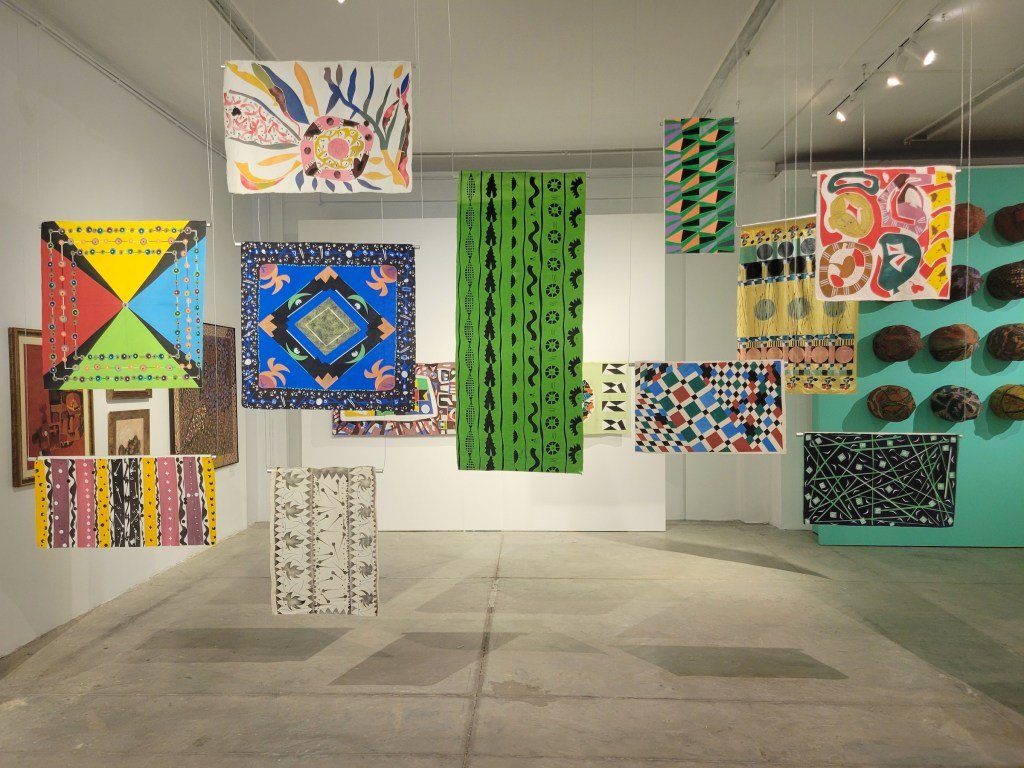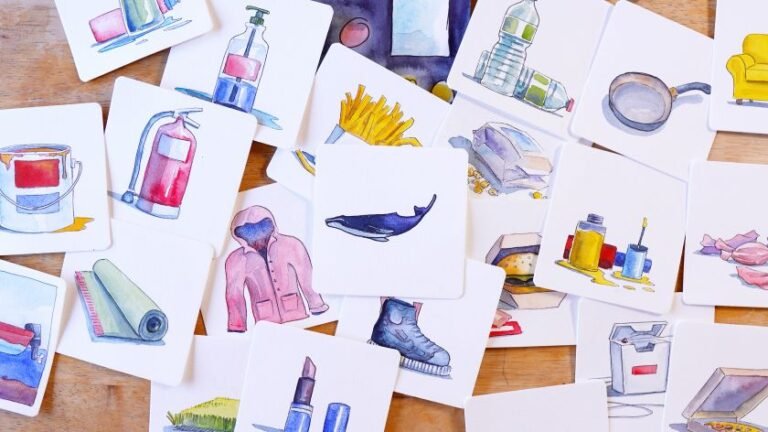

TUNIS — It was early spring in Tunisia, and shockingly bright bougainvillea were exploding, the sky was a bright cerulean blue, and the Mediterranean a span of endless turquoise. That riot of vibrant color outside was also found inside, at the B7L9 Art Centre, host to The Birds Are Chirping Above The Tree, the first solo exhibition of the late Algerian artist Hamid Zénati in North Africa, where he lived and worked. It is a thorough, dynamic show, spanning over five decades of both Zénati’s work and those of contemporaneous artists, establishing the interconnections of the modernist movement in North Africa.
Hamid Zénati (1944–2022) was a self-taught artist born in Constantine, Algeria, under French occupation. After moving to Germany as a young man, he worked primarily as a translator. He made art between varied jobs, compulsively marking any surface available with vivid geometric and organic shapes in his self-described “all-over” style.
This exhibition demonstrates that range of creative output, including textiles, found objects, wearables, and ceramics. Zénati primarily employed a process similar to monoprinting or stamping, using cut and painted stencils made from paper, cardboard, foil, and other materials to print and repeat forms in varied colors. In the resulting works, vibrating colors interact in choreographed arrangements of shapes receding, advancing, and overlapping, set within an intense chromatic rhythm. Lacking a focal point or directional orientation, and all untitled, the compositions suggest a continuation beyond the object itself, towards an infinite repetition.

The exhibition title, The Birds Are Chirping Above The Tree, references a family anecdote about the first phrase a young Zénati learned when he was covertly studying Arabic, which was outlawed during French Colonial rule. He would also become fluent in Darija, French, Arabic, English, and German. To me, Zénati’s visual cacophony alludes to collisions of language: the tongues in which one thinks and speaks and those of one’s environment all actively co-existing and jibber-jabbering. These shapes and colors feel like excerpts of that soundtrack, alternatively shrill, melodic, loud, whispered, and guttural; sometimes tightly orchestrated, and sometimes wildly chaotic.
Smart curatorial decisions by Nadine Nour el Din with the support of Anna Schneider amplify Zénati’s manic art-all-over aesthetic — the space is wonderfully crowded, layered, and full of work everywhere you turn: on walls, atop pedestals, and hanging in space. The exhibition design is also a clever nod to the way that Zénati often presented his work. Lacking access to traditional venues, he often created impromptu mobile exhibitions, packing work into a suitcase for public display, and sometimes performing with those packed textiles.

An adjacent gallery presents a biographic view of Zénati through a collection of personal photographs, rugs, and books that point to his wide-ranging, eclectic influences. A selection from his record collection plays in the corner, and the olfactory artist Dana El-Masri was commissioned to make two scents for the exhibition, presented in lidded ceramic bowls. One, called “Nafs (Self, Spirit, Breath)” (2025), is meant to evoke the artist himself through a mix of amber, tobacco, and Somali Frankincense. This area of the exhibition felt very intimate, almost like a studio visit; the personal items create a sense of the artist as a whole person, and represent a more inventive way of showing biography than just wall text or timelines.
To illuminate the exchange of ideas and influences which were moving through the region in his lifetime, the curators also selected works representing contemporaries of Zénati, including Souhila Bel Bahar’s loose and abstract botanical compositions; Nja Mahdaoui’s beautifully structured graphic calligraphy; and a selection of works by Dia Azzawi, whose theoretical and aesthetic ideas on contemporaneity have influenced a wide range of Arab artistic schools of thought. Indeed, this exhibition isn’t just a reassertion of a singular artist, but an important addition to the record of an active, interconnected, modernist movement in North Africa.

Hamid Zénati: The Birds Are Chirping Above The Tree continues at B7L9 Art Centre (La Marsa, Tunisia) through July 20. The exhibition was curated by Nadine Nour el Din with Anna Schneider.


